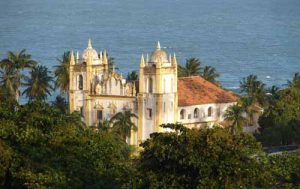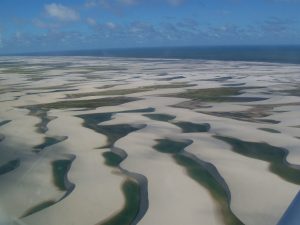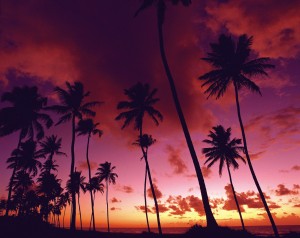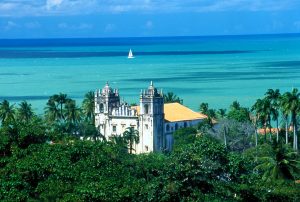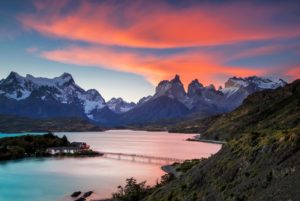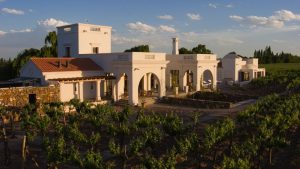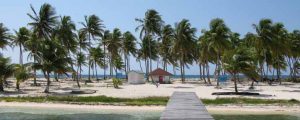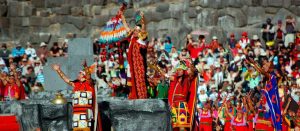This first (of four) of Michael Palin’s Brazil series begins this Wednesday 24th October and we can’t wait to see what he unearths in this fascinating and diverse country. We have decided to follow him on his journey and to try and give you some personal insight into the areas he visits along with suggestions on where to stay.
Please bear in mind that he will go to some very remote places, some of which we do not offer due to either their geographical isolation or their close proximity to endangered tribes, but we will advise where is best to go when we can!!
His first episode covers the north east of the country where he travels from Sao Luis to Salvador, stopping in Recife and Olinda en-route
Sao Luis
State capital of Maranhão, São Luís is a city full of traditions and culture. Founded in 1612, it is home to beautiful mansions and townhouses as well as historical town squares. Listed by UNESCO as a World Heritage Site, much of the colonial architecture dating from the eighteenth and nintenth centuries has been restored. The city now houses cultural centres, museums, shops and restaurants. Besides history, the city preserves its traditions. The folkloric events and the architecture of the churches built in the days of slavery are evidence of the vitality and strength of the cultural traditions still alive today. São Luís is also a modern city, with a newer area full of buildings, shopping centers and sophisticated restaurants. The best beaches are also in this area, such as Calhau, Olho d’Água and Araçagi.
Recife
Capital of the state of Pernambuco in the Northeast, Recife is known as the “Brazilian Venice” due to its many channels, waterways and innumerable bridges that resemble the famous Venice of Italy. It is the major entry point to the Northeast, with regular flights to all major cities in Brazil as well as European cities such as Lisbon, London and Frankfurt. The city has an excellent culinary scene serving delicious international cuisine as well as succulent fish dishes typical of the region. Fresh coconut water is found on almost every corner. Close to the capital is Piedade Beach and traveling further away lie the untouched beaches of Tamandare, Sao Jose da Coroa Grande, Maria Farinha and Porto de Galinhas. The sun shines brighter in Recife than anywhere else in Brazil its beaches are undoubtedly among the loveliest in the Northeast.
Olinda
Located just 30 km away from Recife, Olinda is located in the state of Pernambuco and is famous for its immaculate preservation of its 16th and 17th century ornate churches and colonial architecture. Olinda features a number of major tourist attractions such as a historic downtown area (UNESCO World Heritage Site) as well as its popular Carnaval celebration which incorporates various African influences. The city also hosts many craft shops which offer traditional souvenirs and cultural pieces of Pernambuco in the artisanal village.
Olinda is a perfect place to stay for a night between visiting Fernando de Noronha
Salvador
The oldest city in Brazil and its first capital, Salvador was a major post for the slave trade and is now a thriving centre of Afro-Brazilian life. Salvador is considered the country’s soul and the birthplace of Brazilian culture. The local cuisine, music, dance and vibrant visual arts are all testaments to the pervasive African influence. As one of Brazil’s great historical destinations, the city is filled with churches, homes and forts that reflect stunning Portuguese architecture from the Baroque period. Outside the city lie some of north eastern Brazil’s most pristine beaches, including the renowned Praia do Forte and Costa do Sauípe. Considered Brazil’s most artistic city, Salvador has a lively art scene and its streets are filled with dance and music all year round.
A superb city unto itself, though the nearby beaches of Kiaroa and Morro de Sao Paulo are an excellent place to unwind after the nightlife of Salvador.
